Architectural Wonders and Market Delights
Join us for a free walking tour that unveils Buenos Aires' stunning architecture and vibrant markets, blending history with local culture in every step.
Time
3 Hours
Stops
9 Places
Distance
4.3 km
Plaza de Mayo
Begin your tour at Plaza de Mayo, the historic and political heart of Buenos Aires, surrounded by stunning architecture such as the Casa Rosada.
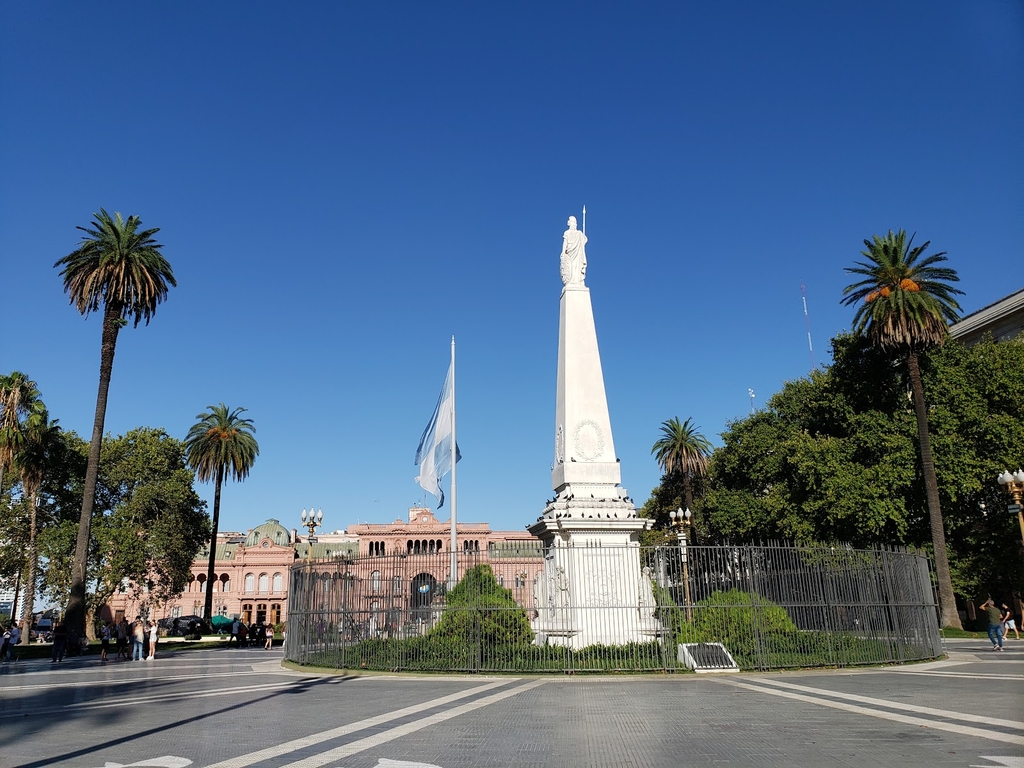
Plaza de Mayo (Source: Google Maps)
Plaza de Mayo is the historic and political heart of Buenos Aires, surrounded by iconic buildings such as the Casa Rosada, the presidential palace. Established in the 16th century, it has witnessed many significant events in Argentine history, including the May Revolution of 1810, which marked the beginning of the country's independence movement. The square features the Pirámide de Mayo, a monument commemorating the revolution, and serves as a gathering place for political demonstrations and celebrations. Its architecture showcases a blend of colonial and neoclassical styles, reflecting the city's rich cultural heritage and its evolution over time.
Metropolitan Cathedral of Buenos Aires
Just steps from Plaza de Mayo, the Metropolitan Cathedral showcases impressive neoclassical architecture and houses the tomb of General San Martín.
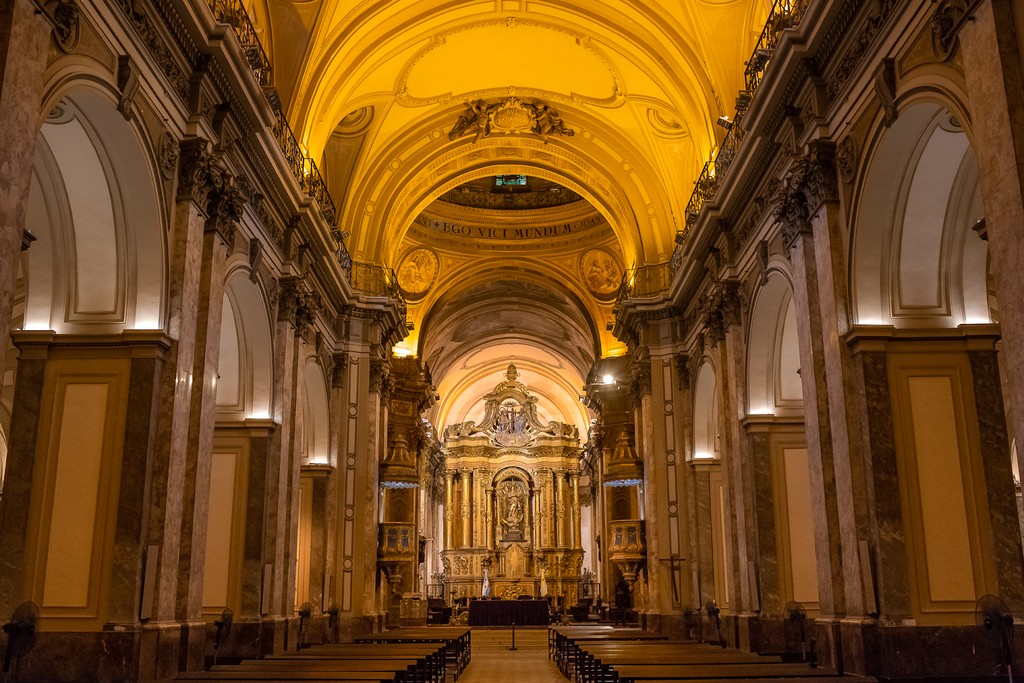
Metropolitan Cathedral of Buenos Aires (Source: Google Maps)
The Metropolitan Cathedral of Buenos Aires stands as a stunning example of neoclassical architecture, prominently located near Plaza de Mayo. Its construction began in 1580, and the cathedral was officially consecrated in 1863. The façade features grand columns and intricate sculptures, while the interior boasts beautiful altars and religious artwork. Notably, it houses the tomb of General José de San Martín, a national hero, which is marked by a striking monument. The cathedral serves not only as a place of worship but also as a significant cultural landmark, hosting important ceremonies and events throughout Argentine history.
Café Tortoni
Enjoy a coffee break at Café Tortoni, a classic establishment renowned for its Art Nouveau style and cultural significance.
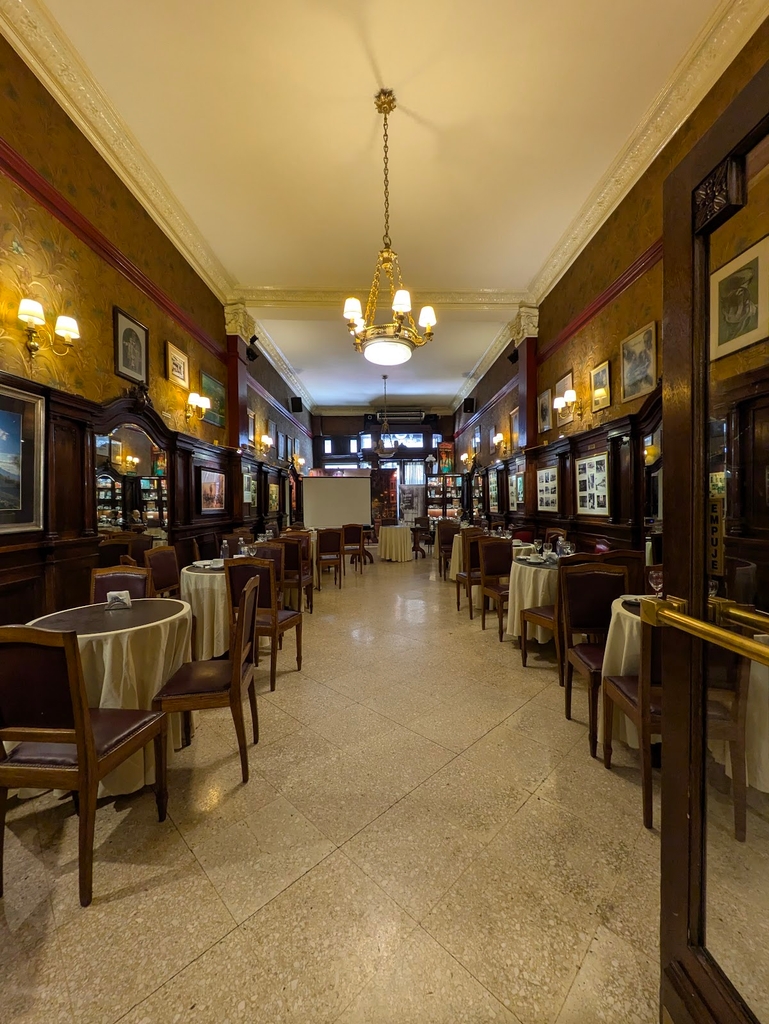
Café Tortoni (Source: Google Maps)
Avenida de Mayo
Stroll along Avenida de Mayo, a boulevard lined with beautiful buildings showcasing a mix of architectural styles, including Art Nouveau and Neoclassical.
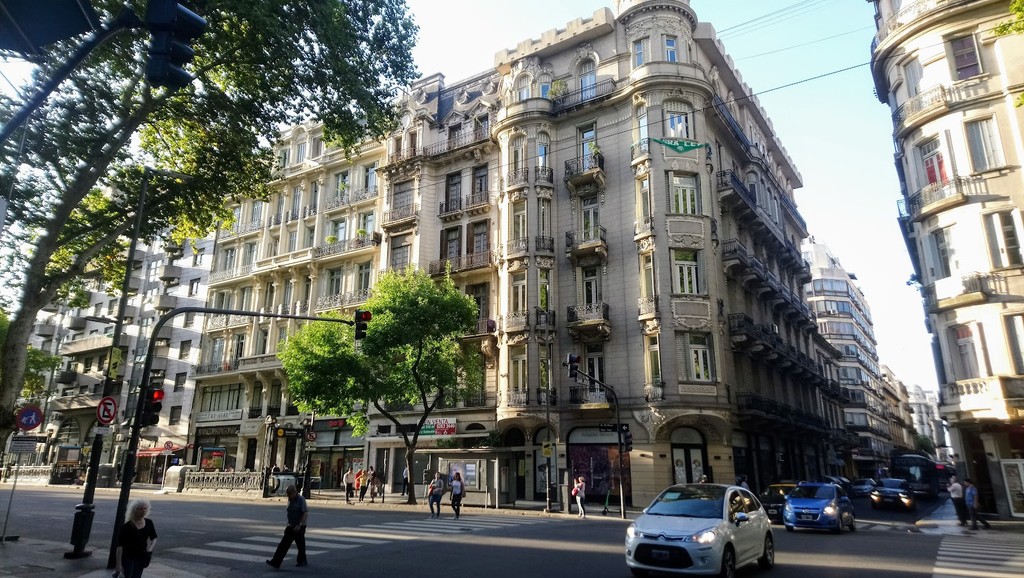
Avenida de Mayo (Source: Google Maps)
Avenida de Mayo is a historic boulevard that runs from Plaza de Mayo to the Argentine Congress, showcasing a rich tapestry of architectural styles, including Art Nouveau, Neoclassical, and Spanish Colonial. Laid out in the late 19th century, it was designed to mirror the grand boulevards of Europe, particularly those in Paris. The avenue is lined with impressive buildings, many of which were constructed during Argentina's economic boom, reflecting the country's aspirations and cultural influences. Key landmarks along the avenue include the Palacio Barolo and the Casa de la Cultura, making it a vibrant artery of culture and history in Buenos Aires.
Palacio Barolo
Visit Palacio Barolo, an architectural masterpiece inspired by Dante’s Divine Comedy, offering panoramic views of the city from its lighthouse.
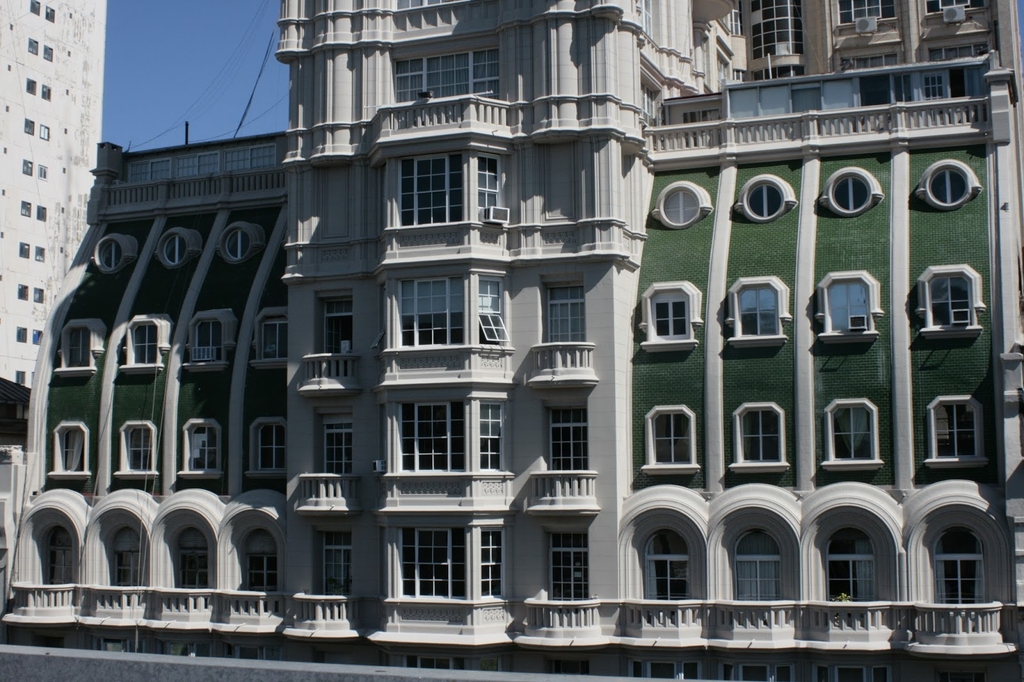
Palacio Barolo (Source: Google Maps)
Palacio Barolo, completed in 1923, is an architectural gem inspired by Dante Alighieri’s Divine Comedy. Designed by Italian architect Mario Palanti, the building features a unique blend of neoclassical and eclectic styles. Its design symbolizes the journey through Hell, Purgatory, and Paradise, with various architectural elements corresponding to each theme. The building stands 100 meters tall, representing the 100 cantos of Dante's work, and includes a lighthouse that offers panoramic views of the city. Palacio Barolo is not only a striking landmark but also a testament to the cultural and literary influences that shaped early 20th-century Buenos Aires.
Manzana de las Luces
Explore the historic block known as Manzana de las Luces, featuring colonial architecture and underground tunnels from the 17th century.
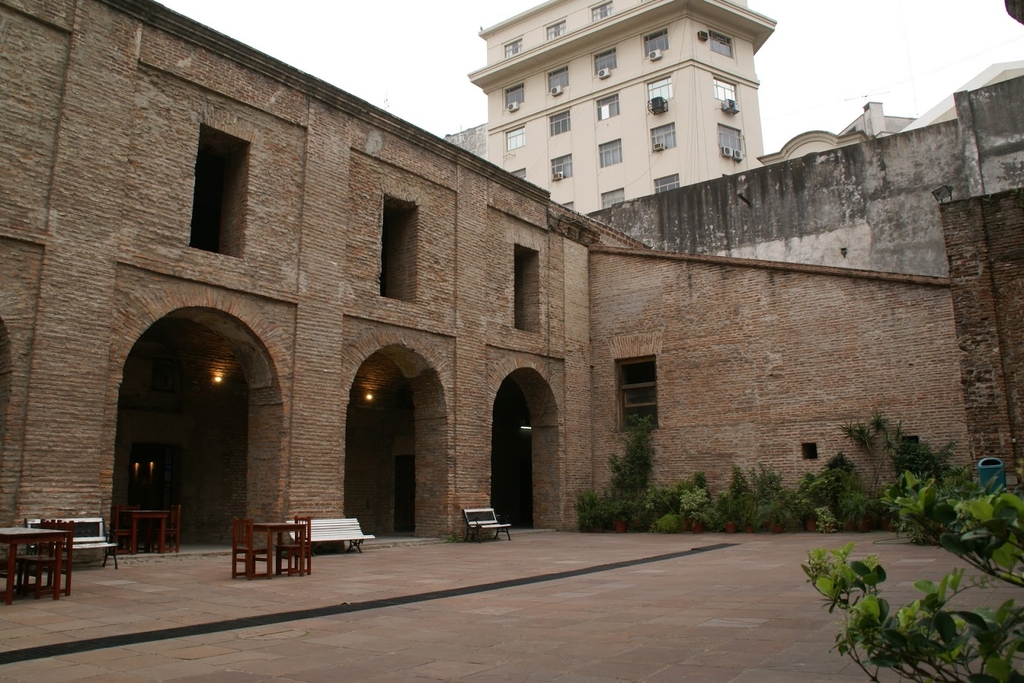
Manzana de las Luces (Source: Google Maps)
Manzana de las Luces, or the 'Block of Lights,' is a historic site in Buenos Aires that dates back to the 17th century. It is known for its colonial architecture and underground tunnels, which were used for various purposes, including as escape routes and storage. The block was home to significant institutions, such as the first university and the first printing press in Argentina. The architectural style reflects the Spanish colonial period, with notable buildings like the Church of San Ignacio and the Cabildo. Today, Manzana de las Luces serves as a cultural and educational center, preserving the rich history of Buenos Aires.
El Zanjón de Granados
Discover El Zanjón de Granados, an intriguing architectural site that reveals the history of Buenos Aires through its preserved tunnels and artifacts.
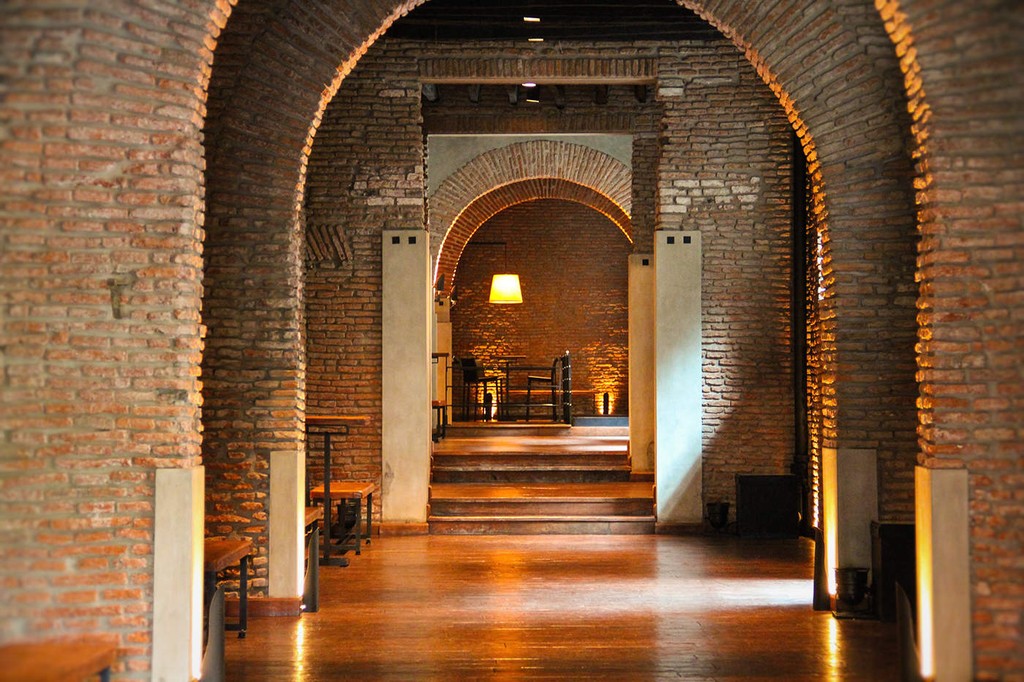
El Zanjón de Granados (Source: Google Maps)
El Zanjón de Granados is an intriguing archaeological site that reveals the hidden history of Buenos Aires through its preserved tunnels and artifacts. This site encompasses a series of underground passages that date back to the 16th century, originally constructed for water drainage. Over time, these tunnels became a crucial part of the city's infrastructure. Excavations have uncovered numerous historical artifacts, showcasing the daily life of early Buenos Aires residents. Visitors can explore the tunnels and learn about the city's evolution, making El Zanjón a fascinating intersection of history, architecture, and urban development.
Mercado de San Telmo
Explore Mercado de San Telmo, a vibrant market housed in a historic building, offering antiques, local crafts, and a taste of Argentine culture.
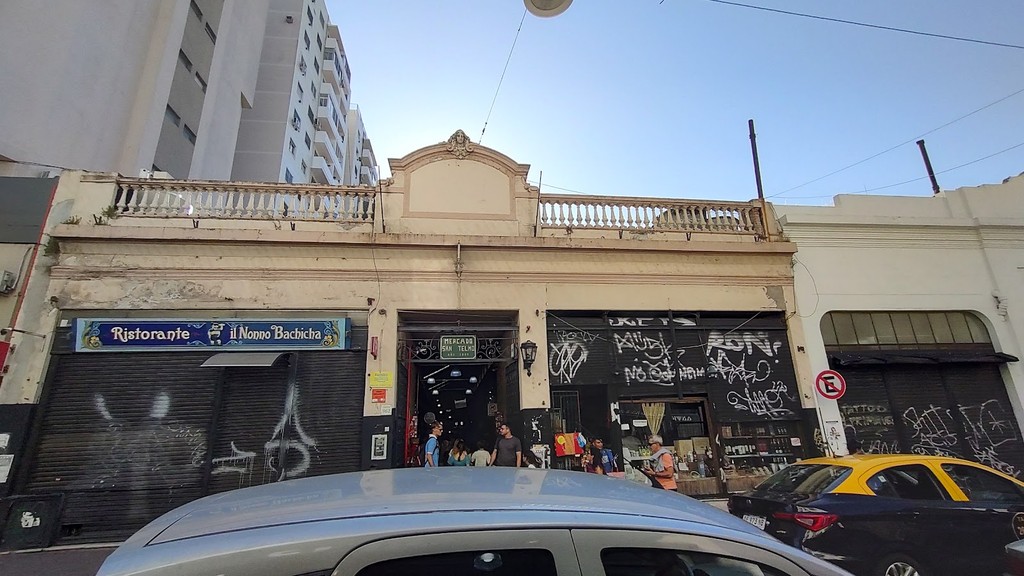
Mercado de San Telmo (Source: Google Maps)
Mercado de San Telmo is a vibrant market housed in a historic building, known for its lively atmosphere and cultural significance. Established in the late 19th century, the market features a diverse array of local crafts, antiques, and culinary delights, reflecting the rich cultural tapestry of Argentina. Visitors can find everything from fresh produce to traditional Argentine cuisine, making it a popular destination for both locals and tourists. The market is also a hub for artists and musicians, often hosting tango performances and cultural events, thus serving as a dynamic center for community engagement and cultural exchange.
Plaza Dorrego
Conclude your tour at Plaza Dorrego, the heart of San Telmo, where you can enjoy the lively atmosphere, tango performances, and local artisans.
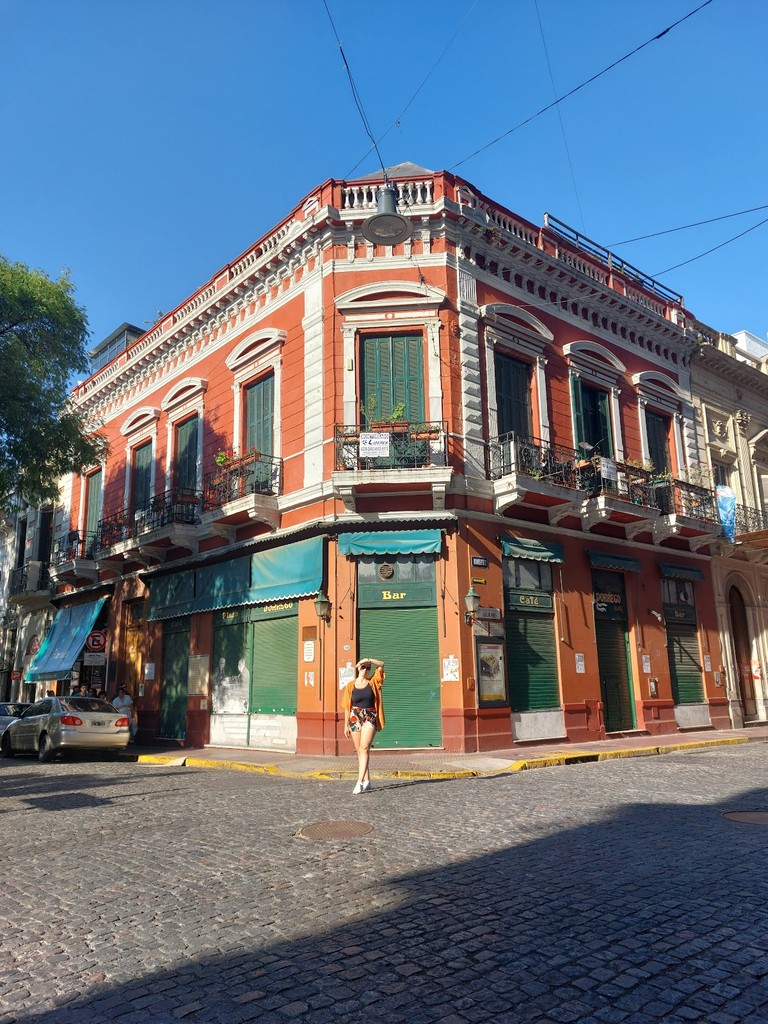
Plaza Dorrego (Source: Google Maps)
Plaza Dorrego is the heart of San Telmo, known for its charming cobblestone streets and vibrant atmosphere. This historic square dates back to the late 18th century and is surrounded by colonial buildings that house cafes, restaurants, and antique shops. It is famous for its Sunday antique fair, where local artisans showcase their crafts and visitors can enjoy live tango performances. The plaza is a gathering place for locals and tourists alike, offering a glimpse into the cultural life of Buenos Aires. Its lively ambiance and historical significance make it a must-visit destination.

Your travels, your rules.
Create your own Free Walking Tours.
Set your preferences, distances and anything you want to do or see.
Completely free, no payment required.